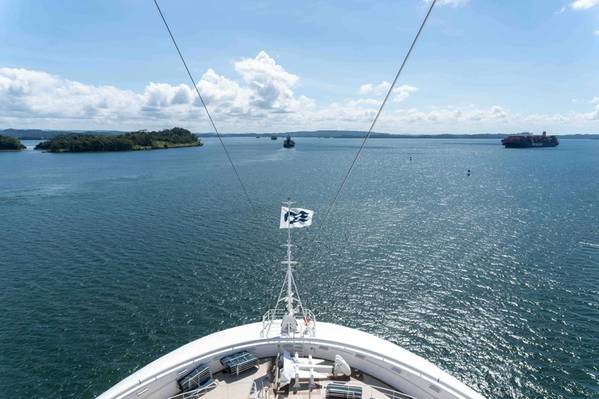
The number of vessels that passed through the Panama Canal fell to an average of 31.4 per day in May from 34 per day the previous month, as the waterway undertook planned maintenance at one of its locks, its authority said in a bulletin on Tuesday.
The world's second busiest interoceanic waterway has seen an increase in ship traffic since last year, when it lifted passage restrictions related to a severe drought, but it is still not fully allocating the 36 slots per day on offer.
From May 27-31, the canal drained the chamber of one of its locks, temporarily closing the west lane. The east lane remained operational, the Panama Canal Authority said.
A total of 973 vessels passed through the waterway in May, less than the 1,021 ships of the previous month but exceeding the 805 vessels that transited in the same month last year, according to the canal authority's data.
In the fiscal year that ended in September 2024, the canal reported a 5% dip in toll revenue to $3.18 billion amid the drought. In the fiscal years ended between 2020 and 2023, the canal's toll revenue had increased almost 26% to $3.35 billion, according to its annual reports.
Oceangoing transits through the Panama Canal https://tmsnrt.rs/43S8waf
(Reuters)



